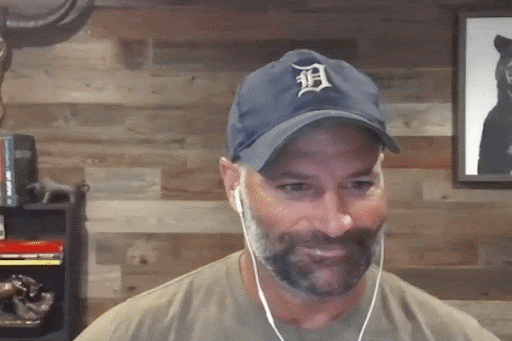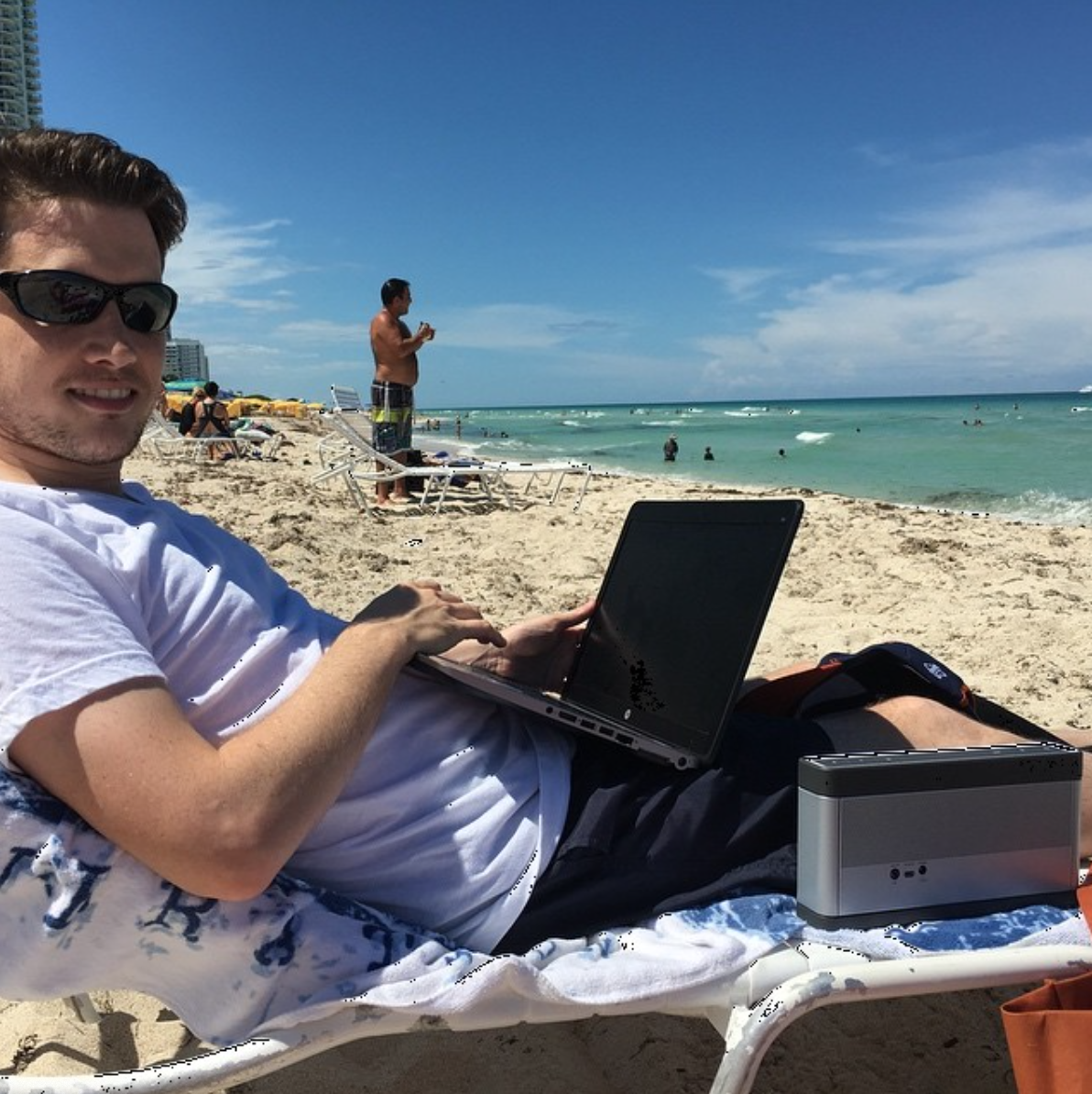True mastery of any skill is incredibly rare.
Out of all the individuals doing various jobs, tasks, and hobbies worldwide … only a tiny portion of them will become true masters at their craft.
This is because most people don’t have the discipline or perseverance to stick with one practice long enough to become a master.
You might be wondering, how long does it take to become a master?
In his massively popular book Outliers, journalist Malcolm Gladwell suggested that nearly every “master” of a difficult skill had spent at least 10,000 hours honing their craft before achieving mastery.
To put this in perspective, that’s about four hours of practice per day for ten years (or two hours for 20 years).
Take me, for example…
I started trading in 2012, spending 4-6 hours daily on my trading. By 2018, I’d been studying the markets for just about 10,000 hours. And sure enough, that’s the same year I had a significant breakthrough and became a millionaire!
But there’s more to mastery than simply spending time on your craft. You must allocate that time wisely and take certain steps in the correct order.
Keep reading and I’ll show you what it takes to master the stock market…
The 3 Steps to Market Mastery
Back in 2012, before Gladwell coined “The 10,000 Hours Rule” in Outliers, author Robert Greene wrote a book called Mastery on the very same subject.
In his book, Greene outlines three steps to mastery in any field, which I think apply to trading as much as any other profession or skill…
Step #1: Apprenticeship
According to Greene, the first step to mastery is apprenticeship. (I couldn’t agree more!)
At this stage, you should find a mentor — someone you look up to who’s already a master in your field — and absorb everything they teach you like a sponge.
Bottom line: Watch and learn!
When I was first starting as a trader, I was lucky to discover the teachings of my mentor, Tim Sykes.
(If you wanna take the same steps to mastery that I did, sign up for Sykes’ Trading Challenge!)
By becoming Sykes’ trading apprentice, I learned the art of trading the right way and built a solid foundation for my future solo endeavors.
And that’s exactly why I started Evolved Trader. I love to teach and I want to guide YOU toward market mastery.
So, if you’re reading this, be proud of yourself. You’re already taking the right first step!
Now, step two…
Step #2: Immersion and Practice
Once you feel you’ve absorbed all that you can from your trading mentor, it’s time to put your hard work into practice…
In other words, it’s time to start trading!
But before you go risking your hard-earned money in the stock market, I recommend dabbling in some paper trading to get your feet wet…
Paper trading (with simulated funds) allows you to practice executing a wide variety of strategies, setups, and patterns without risking a dime.
Don’t rush this step. Test your strategies over and over again until you know how to implement them consistently to your advantage.
Then, eventually, you’ll remove the training wheels and start trading a brokerage account with real dollars.
And if you’ve taken these steps in order, a few years later, you should be well on your way to stock market mastery…
Step #3: Achieving Mastery
What does it feel like to achieve mastery in a field?
At some point, after practicing a skill for years on end, everything starts to click…
Your focus, knowledge, and experience comingle into an almost subconscious ability to make the correct decisions (at the right time).
(SHOCKING) From 9-5 Cubicle to Millionaire Trader
This millionaire trader used to work in a place just like this and woke each morning hating the boring cesspool he called “work”…
Fast forward 10 years later…
He’s gone from underpaid accountant to sitting on nearly $4 million in trading profits.
And it’s all thanks to 1 bizarre “switch” he made to his trading strategy that helps him nail 100%… 200%… and even 400% trades in less than 24 hours.
In fact, he recently did a live training session unveiling this crucial “switch” and how he’s been able to reap nearly $1 million per year since implementing it.
That’s why for a limited time he’s agreed to make this training session open to the public…
In other words, you’ll stop thinking and start doing. It’s kind of like playing the piano…
When you first start taking piano lessons, there are so many things to remember: how to position your hands, how to read music, how to sit, etc…
But eventually, all of these nagging considerations become muscle memory. Master pianists don’t think about any of these things after a certain point.
Trading works similarly. All of the specific aspects of trading that you’ve learned will be simply engrained into your psyche.
After enough practice, you won’t have to remember individual rules … you’ll just start making the right moves by instinct, like a great pianist using muscle memory to strike the keys.
Final Thoughts
Again, I must stress how difficult it is to achieve mastery. It takes years of diligent practice, dedication, and sacrifice.
And even once you’re a ‘master,’ you’ll still make bad trades occasionally. That’s part of the game!
But if you spend 10,000 studying the art of trading … the big picture should become clearer, your skills should coalesce, and you should have supreme confidence in your ability to crush the markets.



